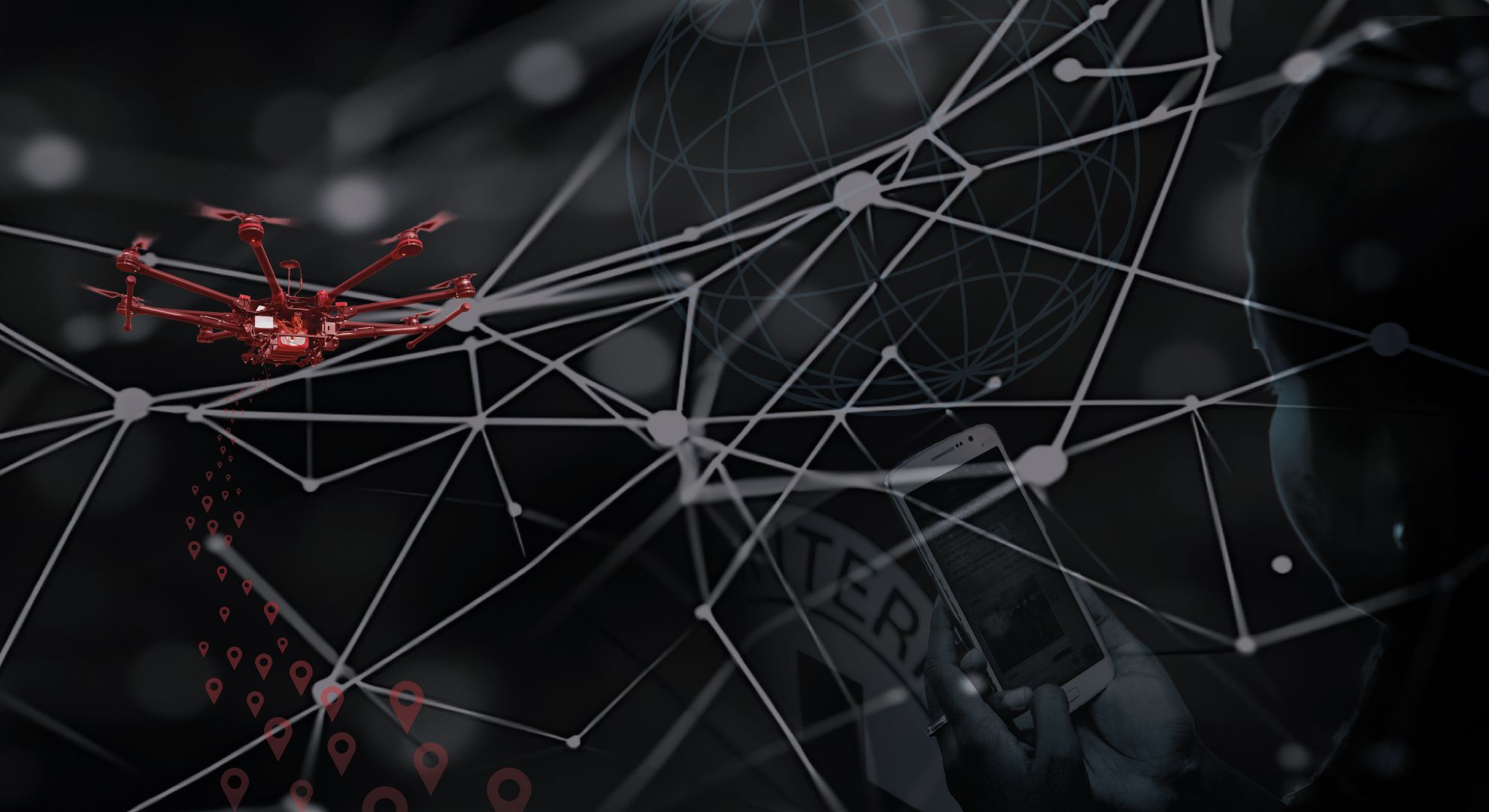From Tuesday to Sunday
11 am – 6 pm
Closed on Monday
On Friday 3 May, exceptionally closing at 4 pm due to Balélec festival.
Free Entry
Presented by the EPFL EssentialTech Centre and the ICRC with EPFL Pavilions and in partnership with the EPFL Center for Digital Trust (C4DT), the exhibition Digital Dilemmas: Humanitarian Consequences sheds light on the many digital risks faced by civilians and humanitarian aid workers in conflict zones.
Digital Dilemmas: Humanitarian Consequences is an immersive experience in which visitors face some of the digital dilemmas that civilians and humanitarians in conflict zone around the world must confront on a daily basis.
You’ll discover why new technologies can be both a blessing and a curse in the humanitarian world, especially in conflict zones. Digital tools may give access to critical services – but they can also expose personal data, enable surveillance or exacerbate disinformation, making civilians and humanitarians even more vulnerable.
Digital Dilemmas was first presented at the UN headquarters in New York in 2023 in collaboration with the Swiss Confederation. It was subsequently offered to the broader public as an online interactive audiovisual experience. This new edition includes new challenges and is followed by an installation featuring solutions developed by EPFL labs in collaboration with the ICRC and ETH Zurich through the Engineering for Humanitarian Action initiative. At EPFL, this initiative is coordinated by the EssentialTech Centre.
In parallel, the conference Digital Dilemmas: Building Digital Resilience in Humanitarian Crises, delving into themes of the exhibition, will take place on 21 May at Forum Rolex.
-> Information and registration here

© Thomas Glass / ICRC
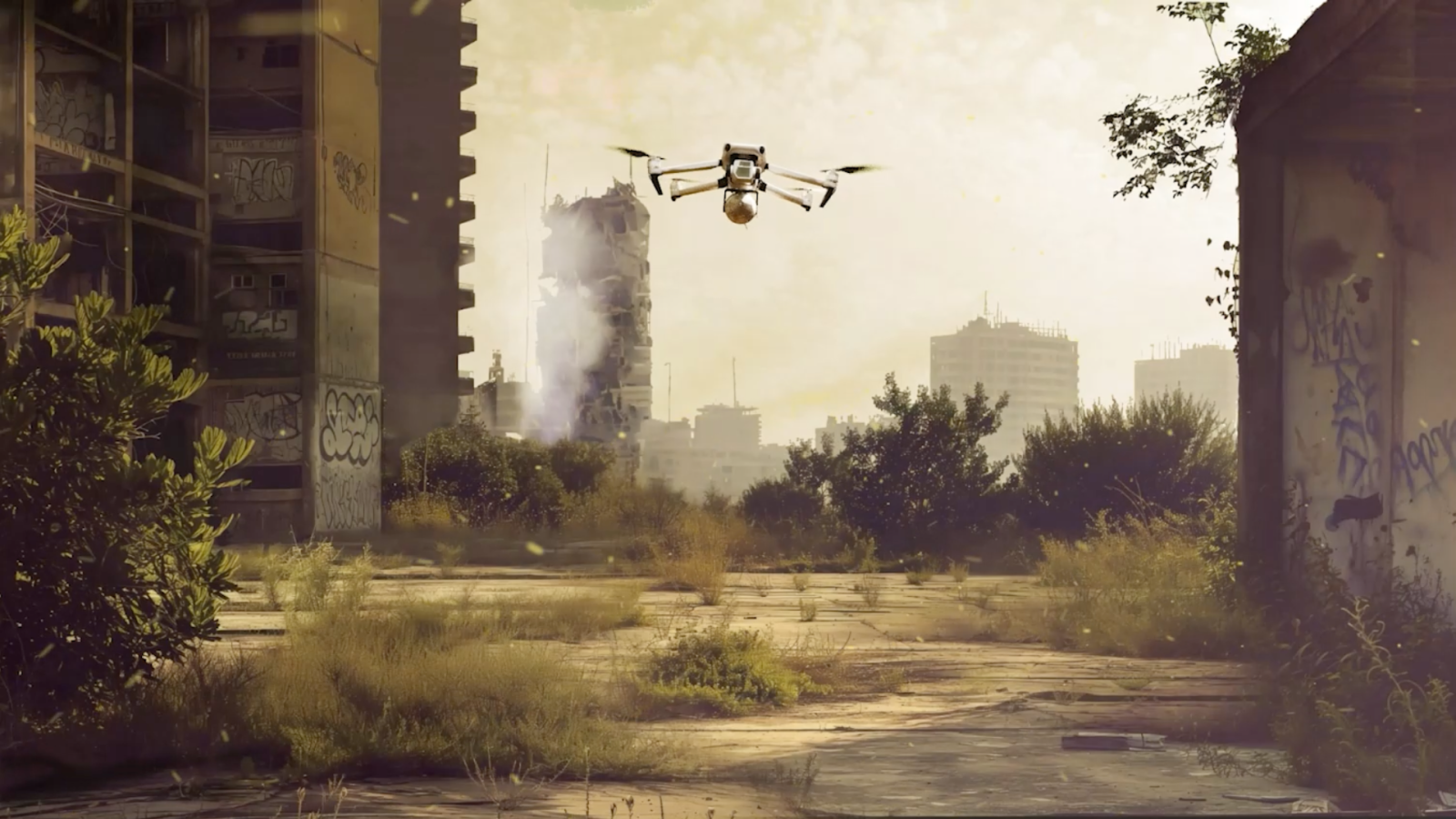
© ICRC
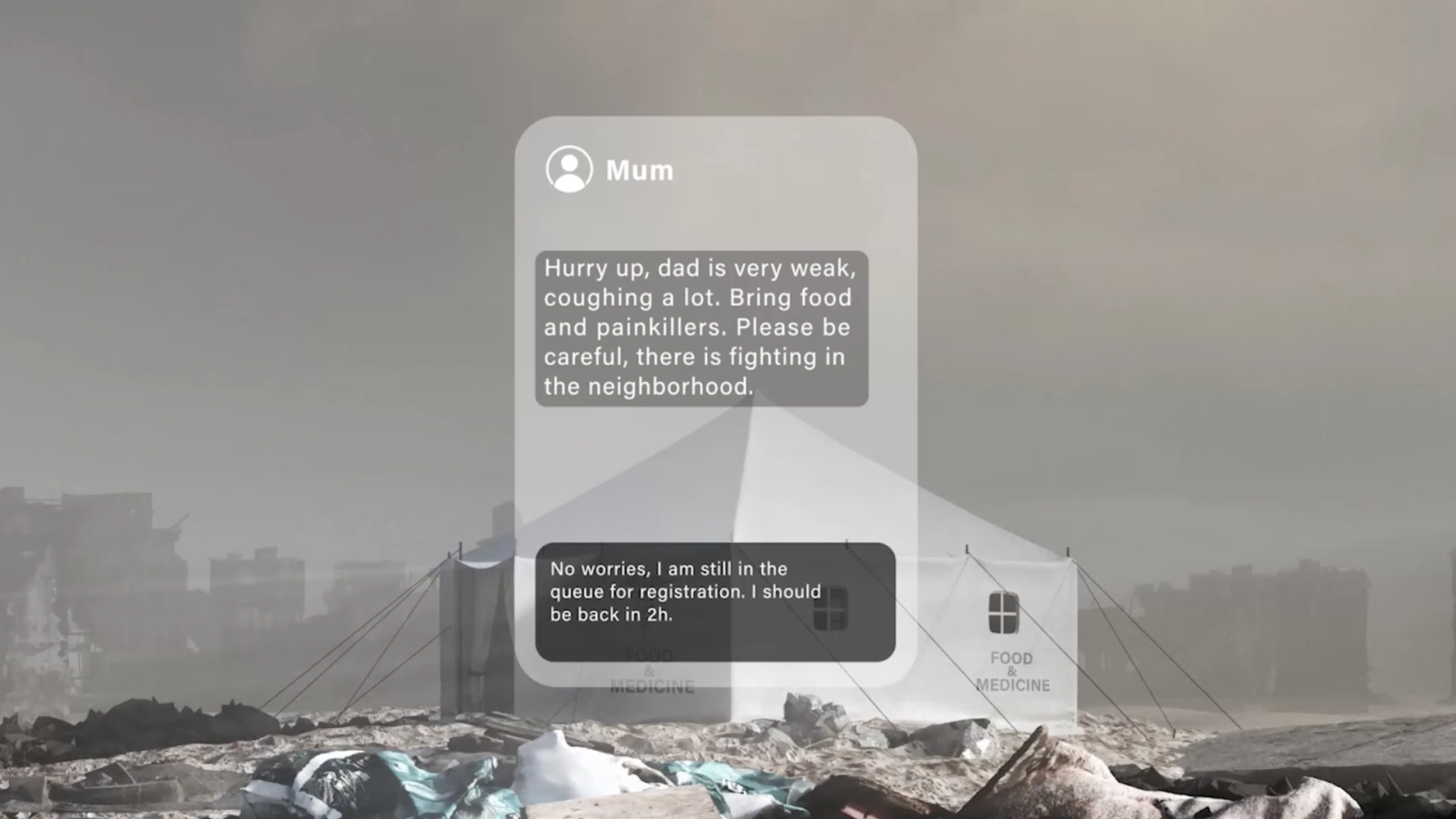
© ICRC
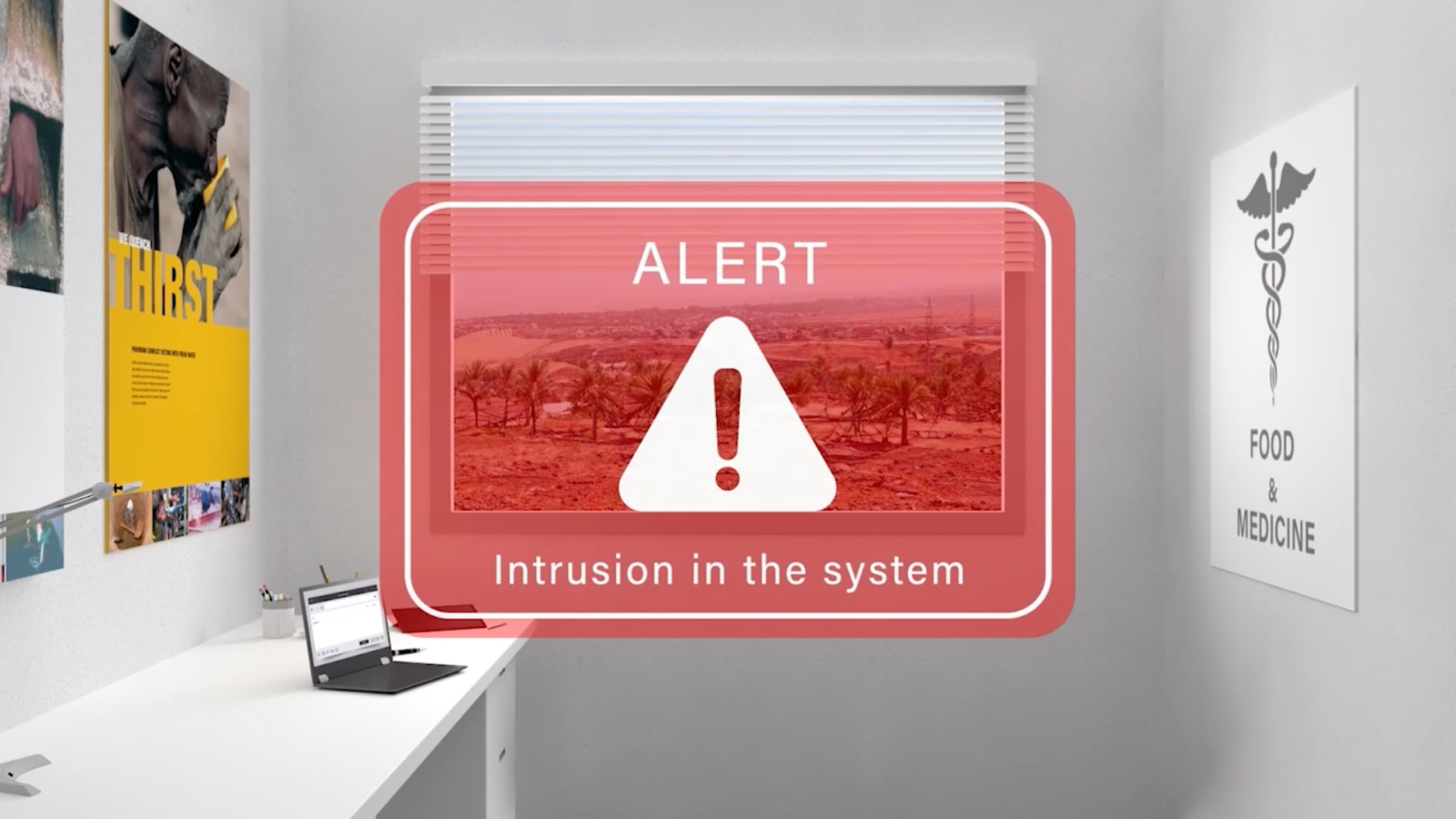
© ICRC

© ICRC
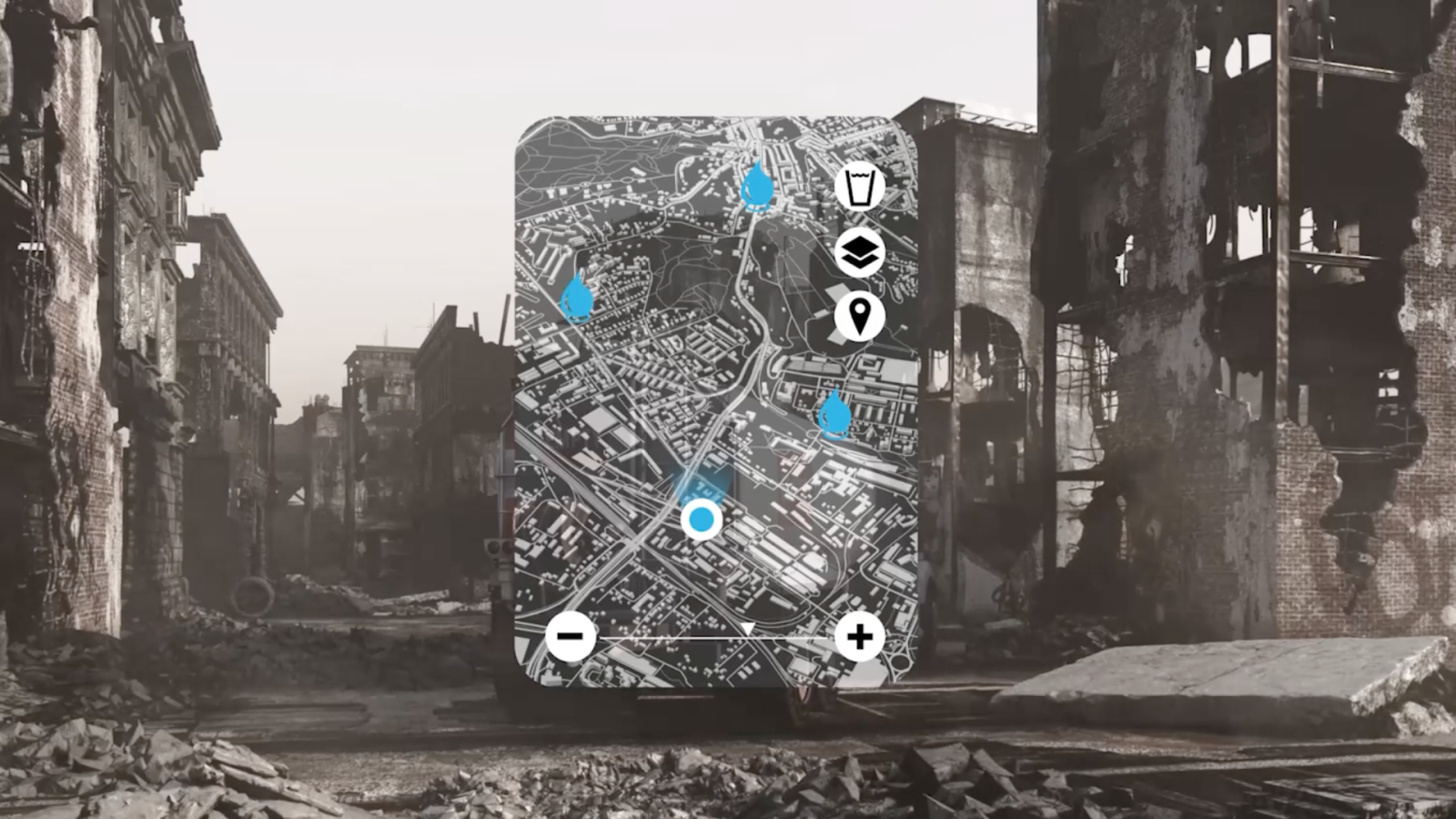
© ICRC
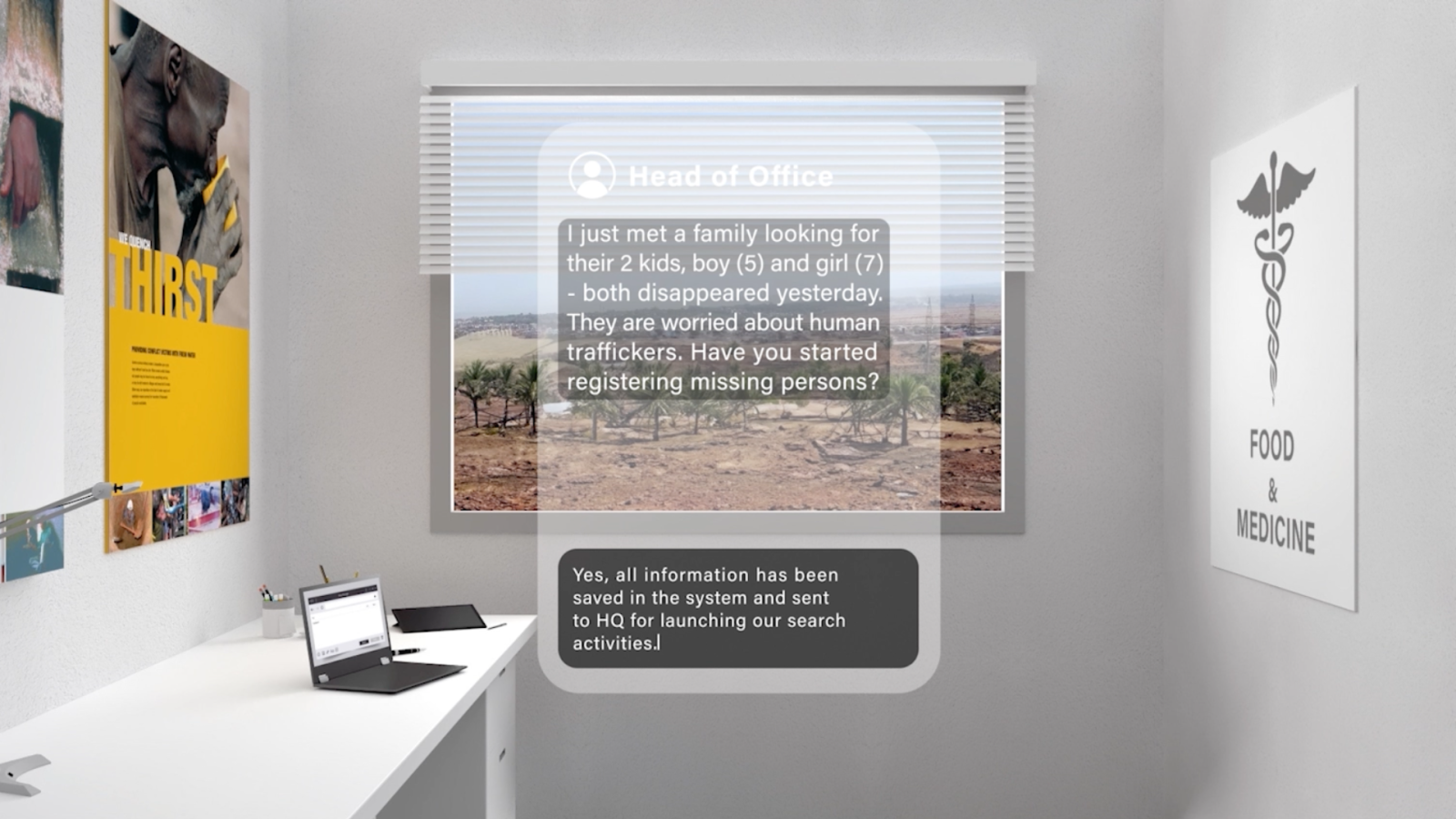
© ICRC
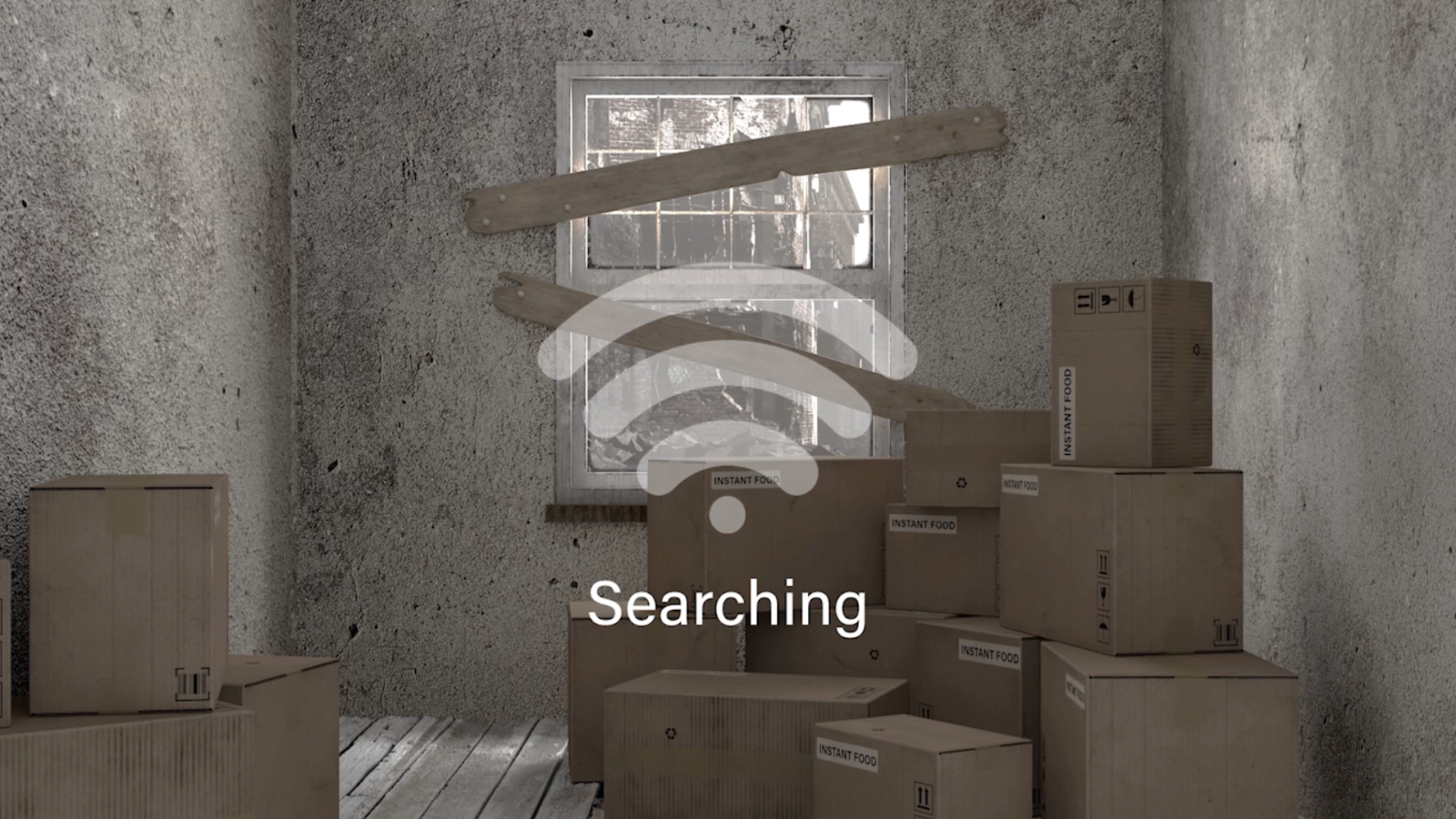
© ICRC
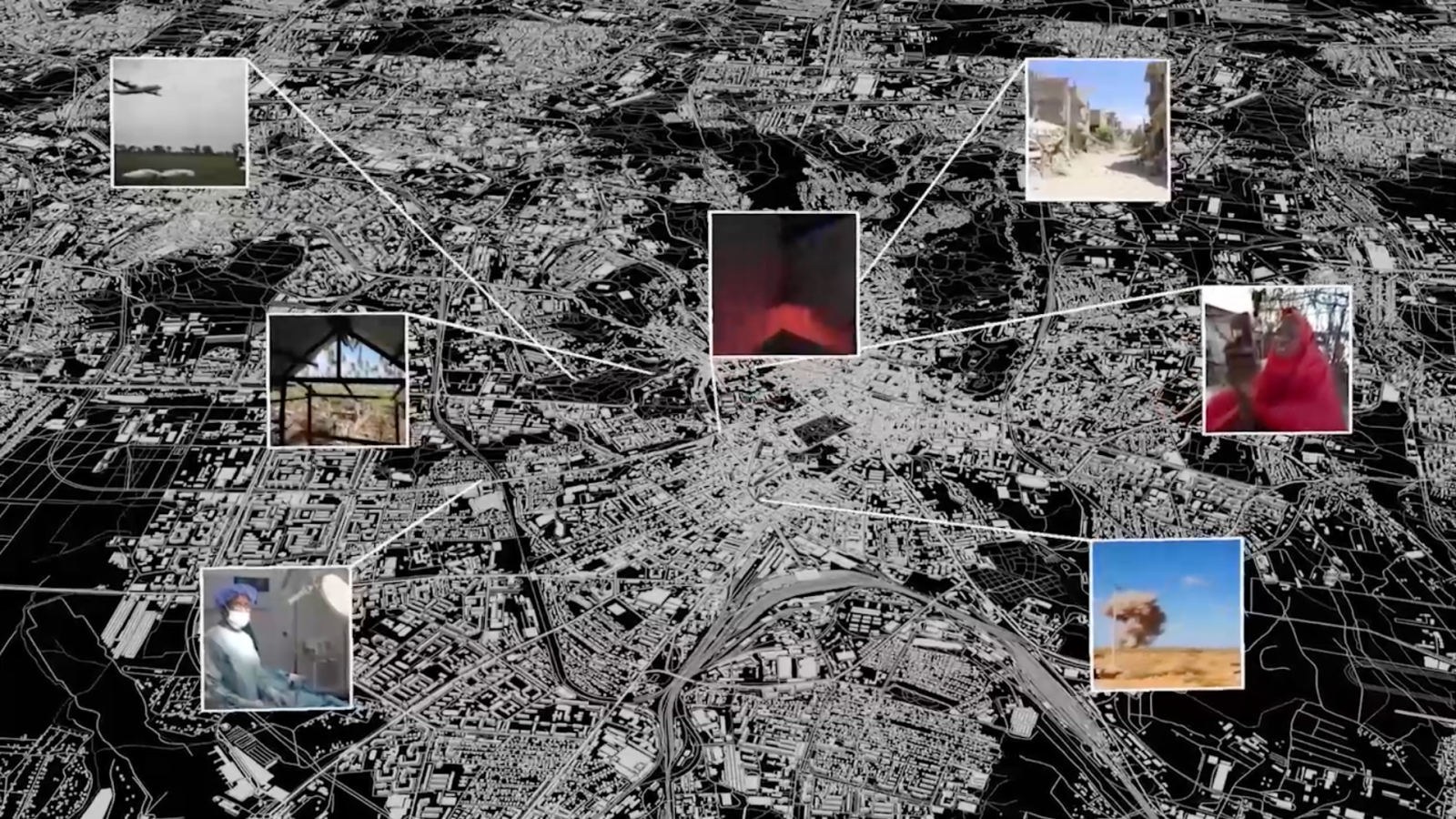
© ICRC
Digital Dilemmas – immersive challenges
-
Biometrics
Biometrics data can help facilitate humanitarian action in many cases. But since it creates a permanently identifiable record of an individual, this technology comes with risks that need to be addressed first. The ICRC and other humanitarian organizations strive to distribute aid as efficiently and effectively as possible. This is critical both to get help to those in need fairly, and to be accountable to donors by demonstrating that funds are being used wisely. There are challenges to this, like aid duplication and fraud, so humanitarian organizations must track where and to whom it goes. But the usual ways to do this, such as with identification papers, are often impractical in ICRC operational areas. Biometric data like fingerprint or iris scans offer an alternative, but pose significant privacy risks if the data were leaked or misused.
-
Civilian involvement
The ongoing digitalization of warfare puts a growing pressure on the principle of distinction between civilians, who are protected, and military, who can be targeted. As it has never been easier to involve civilians in military cyber and digital activities, such as troop movement tracking or participation in cyberattacks, they are exposed to retaliation. Indeed, under international humanitarian law, civilians actively contributing to military efforts may lose their protective status. In addition, the ICRC maintains a clear stance: participants in digital conflicts, whether civilians or military personnel, must adhere to fundamental rules, such as prohibiting cyberattacks on civilian infrastructure.
-
Disinformation
Disinformation and misinformation can increase the vulnerabilities of conflict-affected people, for instance the false location of a food distribution. Hate speech, meanwhile, contributes directly or indirectly to endangering civilian populations’ life, safety and dignity. Disinformation and hateful rhetoric — often referred to as information warfare — is frequently used to fuel ethnic and religious tensions, and to incite violence. When humanitarian aid organizations are targeted, the repercussions can be far-reaching. It can potentially hinder their ability to deliver aid and cause harm to the already vulnerable populations they aim to assist. For instance, in 2018, aid workers, including Red Cross personnel who were fighting Ebola, were targeted by disinformation campaigns. This led to violence and may also have made it more difficult to provide adequate care to patients.
-
AI & Deep Fakes
New means of disinformation and manipulation of images, sounds and videos, also known as Deep Fakes, are readily accessible thanks to AI powered tools. Used in conflict settings, Deep Fakes accelerate the spread of disinformation and hate speech. They create new vulnerabilities for those needing humanitarian aid, escalate security risks, and can undermine the trust in humanitarian organizations. This can potentially contribute to serious violations of international humanitarian law, such as calls for crimes against humanity.
-
AI & Decision Making
Artificial intelligence ( AI ) plays an increasing role in contemporary military decision-making processes. From identifying or tracking people or objects, making recommendations as to military courses of action, or predictions as to future events, AI technologies offer unprecedented capabilities alongside huge new ethical challenges. AI systems often operate as “black boxes” where operators cannot access the data inputs, algorithm construction and learning processes that drive decisions. This opacity, coupled with a human tendency to overtrust technology, can lead to grave errors in conflict situations, especially if AI systems exhibit bias or fail unexpectedly. For the ICRC, reliance on AI in life-or-death decisions introduces potential risks to civilian safety.
-
Connectivity
Connectivity is a lifeline for people affected by armed conflicts. Shutdowns or surveillance can pose serious risks to the life, safety and dignity of those already vulnerable. A phone is much more than a tool. It helps: understand a situation; know where the nearest hospital is; connect with loved ones; keep documents safe; or receive money to buy food. It is essential to ensure that while connectivity facilitates vital support and maintains lines of communication, measures are also taken to protect people from the dangers of being monitored or tracked, thereby preserving their rights and privacy in humanitarian crises.
-
Data protection
Data protection is crucial in humanitarian work because it ensures the safety and dignity of people who receive aid during crises. When humanitarian organizations collect personal information, such as names, locations and health details, they hold a responsibility to protect this data from misuse. If this information were to fall into the wrong hands, it could lead to further harm or exploitation of vulnerable individuals. Therefore, proper data management helps prevent privacy violations and builds trust between aid providers and recipients.
Welcome to the complex work of digital dilemmas in humanitarian contexts. What will you do?
